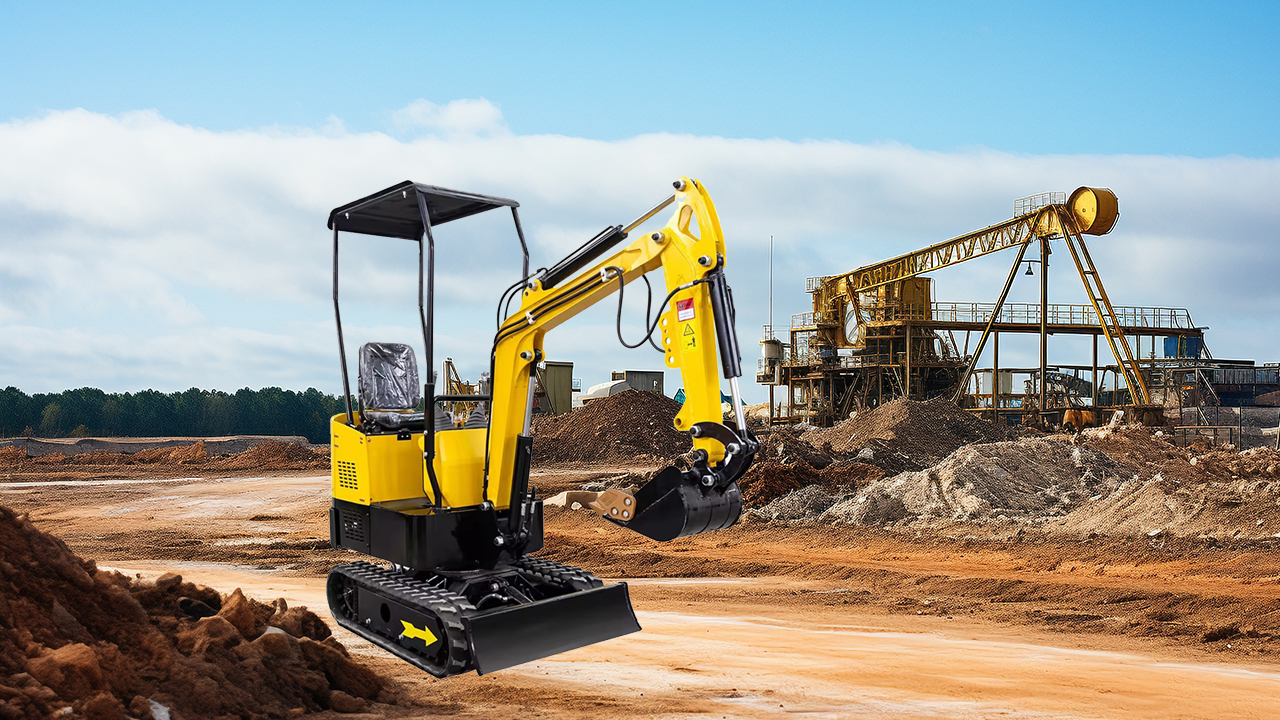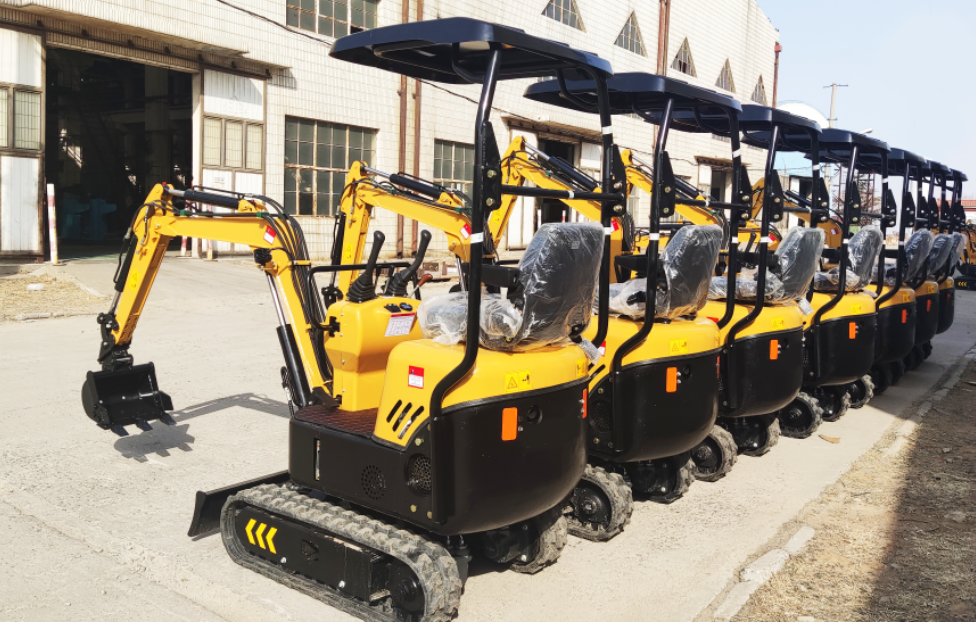Introduction
Loading a mini excavator onto a trailer can be a complex task, requiring careful planning and execution. The safety of the operator, the equipment, and others on the road depends on proper loading techniques. This guide will provide a step-by-step approach to loading a mini excavator, with a focus on the MY-12 model and general best practices.

Understanding the Dimensions and Weight of Your Mini Excavator
Before loading, it's crucial to understand the specific dimensions and weight of your mini excavator. For instance, the MY-12 model has a chassis width of 930 mm, which will influence the type of trailer needed and the loading process.
General Considerations:
- Weight: The weight of a mini excavator can vary depending on the model and attachments.
- Dimensions: The length, width, and height of the excavator will determine the size of the trailer required.
- Center of Gravity: Understanding the center of gravity will help in balancing the load on the trailer.
Choosing the Right Trailer
Selecting the appropriate trailer is essential for safe and efficient loading. Consider the following factors:
- Trailer Capacity: Ensure the trailer can handle the weight of the excavator.
- Trailer Width: The trailer should be wide enough to accommodate the excavator's width (e.g., 930 mm for the MY-12).
- Ramp Length and Angle: The ramps should be long enough and have a gentle slope to allow for smooth loading.
- Tie-Down Points: The trailer should have sufficient and sturdy tie-down points to secure the excavator.
Preparing for Loading
- Site Preparation: Choose a level, stable surface for loading.
- Equipment Check: Ensure the excavator and trailer are in good working condition.
- Safety Gear: Wear appropriate safety gear, including hard hats, safety glasses, and gloves.
The Loading Process
- Positioning the Trailer: Park the trailer on a level surface and engage the parking brake.
- Maneuvering the Excavator: Carefully maneuver the excavator onto the ramps, using the controls to adjust its position.
- Securing the Excavator: Use heavy-duty tie-down straps to secure the excavator to the trailer's D-rings or tie-down points.
- Final Checks: Ensure all straps are tight and secure, and the excavator is stable on the trailer.
Tips for Safe and Efficient Loading
- Experienced Operator: A skilled operator can significantly improve the loading process.
- Spotter: A spotter can assist the operator in guiding the excavator onto the trailer.
- Weather Conditions: Avoid loading in adverse weather conditions, such as rain or strong winds.
- Emergency Procedures: Have a plan in place in case of accidents or unexpected situations.
Transporting the Loaded Trailer
- Road Regulations: Adhere to local and national road regulations, including load limits and transport permits.
- Highway Safety: Drive cautiously and obey traffic laws.
- Inspecting the Load During Transit: Periodically check the tie-down straps to ensure they remain tight.
By following these guidelines, you can safely and efficiently load your mini excavator onto a trailer, ensuring a smooth and trouble-free transportation process.
Post time:Nov.18.2024

